Group processing is a very important concept in music production. Whether performing group processing through audio busses or sends, or by creating groups or submixes, applying effects to multiple audio tracks simultaneously has plenty of advantages.
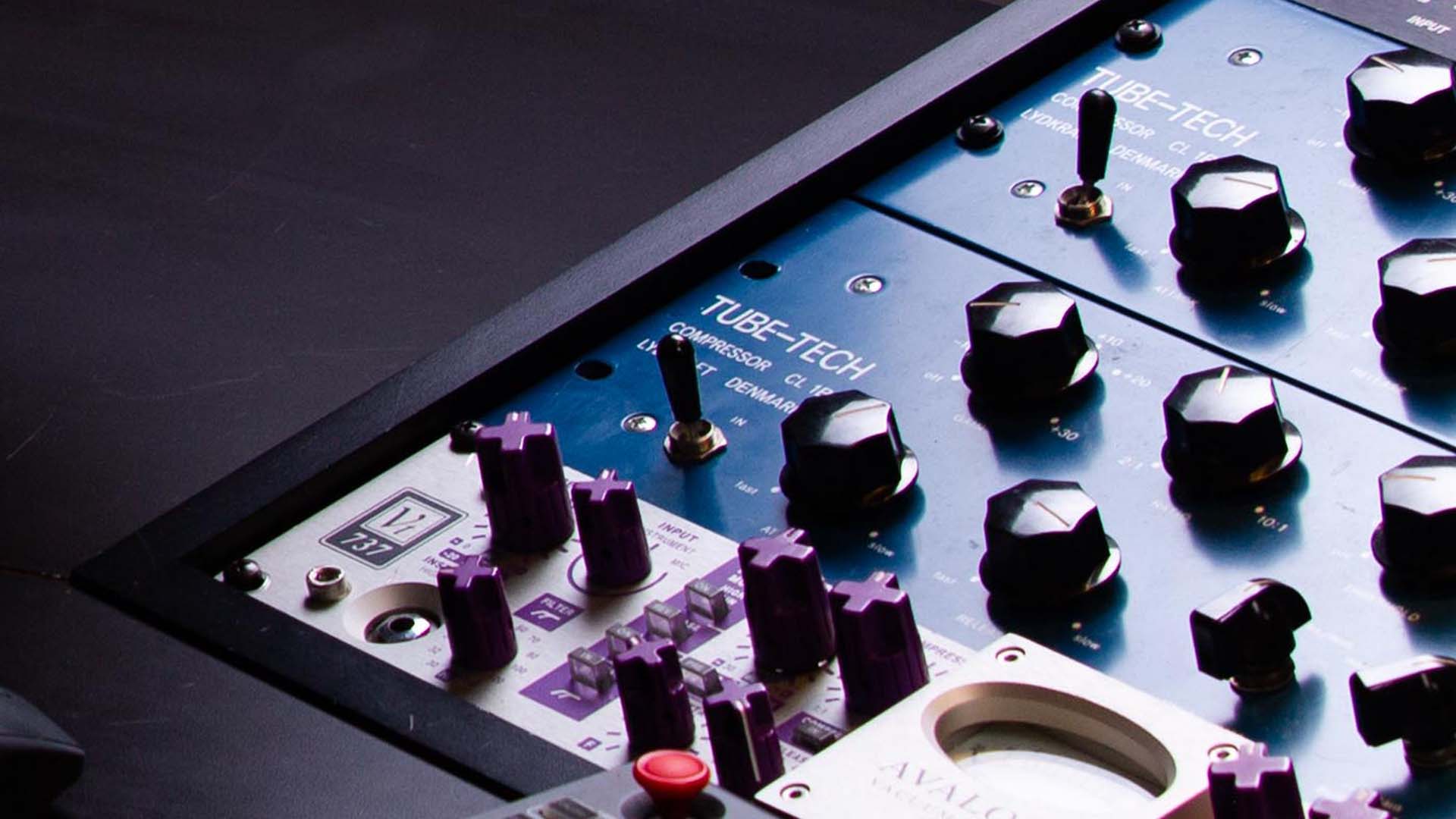 One of the most common types of audio effects used in submixes and on busses is the compressor – but why?
One of the most common types of audio effects used in submixes and on busses is the compressor – but why?
In this article, we will be exploring why music producers and mix engineers use group compression. We’ll provide audio examples so you can experience the difference that it makes first-hand.
Busses and groups can both be used for similar reasons in a mix, however they are fundamentally different in how they work and they can be used for very different purposes.
You can think of a group as a mini master output for just a subsection of your track’s elements. All of the tracks in that group are routed through a single stereo left and right channel output which can then be treated as an individual track in your mix.
On the other hand, a buss – also known as a send, return, or an auxiliary channel – is a channel that you can route any track in your project to. You can then apply processing to this buss while leaving the original tracks that have routed to the buss untouched.
One of the main benefits of using groups in your DAW projects is that it allows you to create well balanced submixes that can then be globally adjusted without having to alter the balance between individual channels within the group.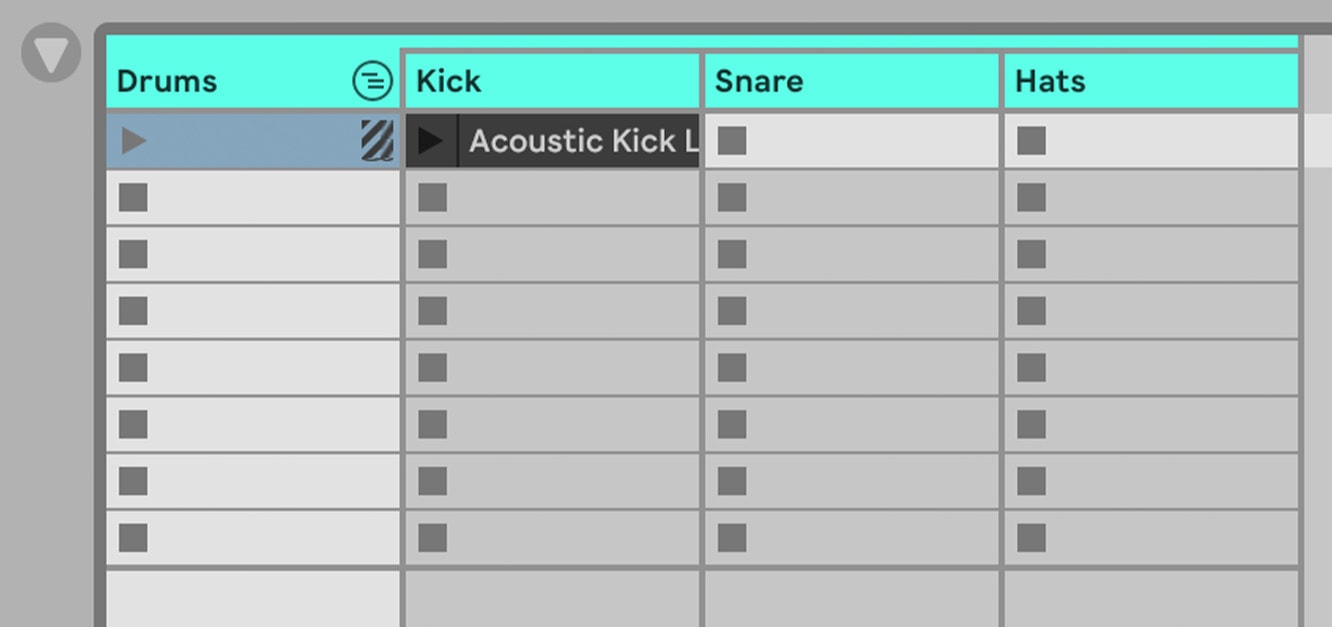 For example, if we are working with several drum channels (e.g. kick, snare, hi-hat and toms) a mix engineer will spend a long time balancing the individual elements in the mix, however when other elements such as vocals, bass and guitar are added, the drums my be too loud or too quiet. The mix engineer will therefore want to change the overall volume of the drums, but will want to leave the balance of the elements in the kit untouched.
For example, if we are working with several drum channels (e.g. kick, snare, hi-hat and toms) a mix engineer will spend a long time balancing the individual elements in the mix, however when other elements such as vocals, bass and guitar are added, the drums my be too loud or too quiet. The mix engineer will therefore want to change the overall volume of the drums, but will want to leave the balance of the elements in the kit untouched.
Busses can be used in a similar way to groups. However, all processing applied to the buss channel will be parallel to the dry channels. This results in them being used slightly differently.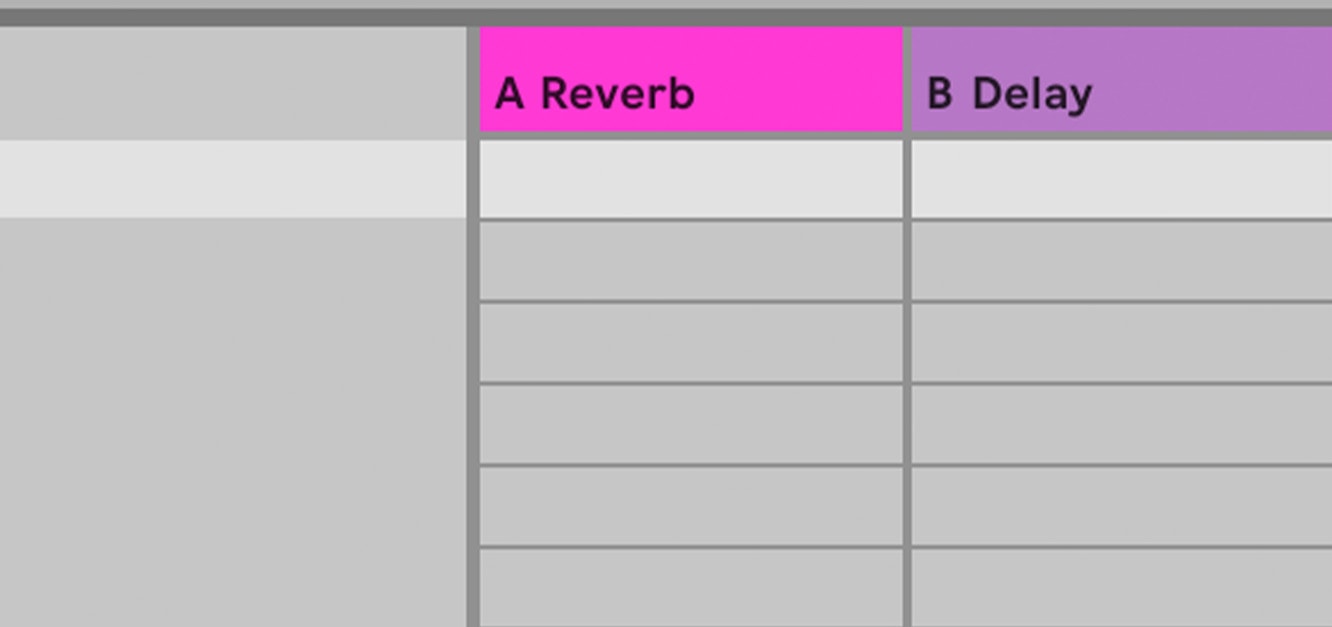 Commonly, busses are used as reverb and delay sends. When used in this way, the processor or plugin placed on the buss channel will be set 100% wet. Compression can be used on a buss channel – in this context, we refer to this technique as parallel compression.
Commonly, busses are used as reverb and delay sends. When used in this way, the processor or plugin placed on the buss channel will be set 100% wet. Compression can be used on a buss channel – in this context, we refer to this technique as parallel compression.
The advantage of compressing multiple tracks at once with a single compressor is that it provides a sense of cohesion to your mix. For example, in a drum group, the hi-hats may never cross the threshold of the compressor on your drum group channel and thus would never be compressed on its own. However – because the kick channel is also simultaneously triggering the compressor, every time the kick crosses the threshold, compression is also applied to the hi-hat channel.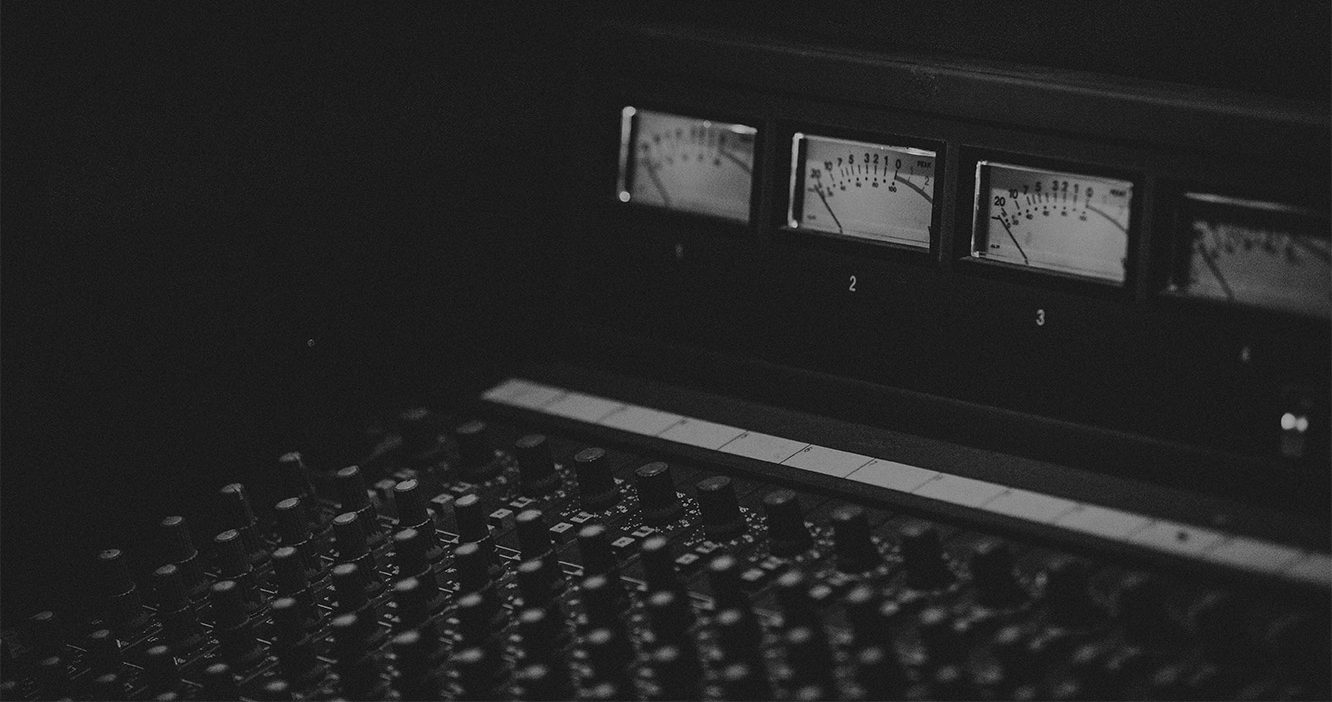 Put simply, this makes your mix “breathe” with compression being applied in a blanket way which gives an authentic and cohesive analogue feel.
Put simply, this makes your mix “breathe” with compression being applied in a blanket way which gives an authentic and cohesive analogue feel.
It’s the same story with compressing busses, however as previously mentioned the dry tracks remain unprocessed and thus you can blend the dry and compressed signals together.
However, it must be noted that just because we are compressing a group or buss channel, this does not mean that we shouldn’t be compressing the tracks individually as well. The two stages of compression perform different purposes.
On the individual channels we compress to tame dynamics, shape transients and tails and to define the sound of individual elements. The group or buss compression is primarily about bringing elements together sonically.
To put it in a more complicated way, there are a few psychoacoustic principles at work when it comes to compressing busses. The human auditory system is constantly receiving multiple streams of information – many different sounds, from traffic noise, a washing machine, to air conditioning, bumps from neighboring rooms… and finally, whatever you’re actually trying to listen to – which might have multiple sonic components of its own, too.
So the brain has a lot of work to do to classify which sounds are coming from where, which sounds are individual ‘things’, and which sounds are part of a single ‘thing’. To do this, our auditory system uses certain cues to group sounds into thing. Are two sounds coming from the same direction? They might be from the same thing. Are two sounds in tune with each other, rather than dissonant? They might be part of the same thing.
Another cue our brains use to work out whether multiple sounds are part a cohesive ‘thing’ is whether they modulate together. If multiple sounds all ‘move’ and ‘change’ in the same way, they’re more recognized as part of a thing. And so when a mix engineer slaps a slow compressor onto a drum group, all the elements are ducked and let go of at the same time, and what happens? Our brain uses this as a cue that they’re one ‘thing’ – part of one cohesive sound.
To illustrate the effect of compression on busses and groups, and how it varies from compression on individual channels, we have prepared some audio examples.
We will be working with this simple drum beat which is made up of a kick, a snare and a hi hat channel.
First we will apply compression to each individual channel in the group. We will be using pure:comp, an intuitive and easy to use AI powered compressor.
For the kick channel we will load pure:comp, select the Kick profile from the dropdown menu at the top of the UI, hit the record button and then let the beat play.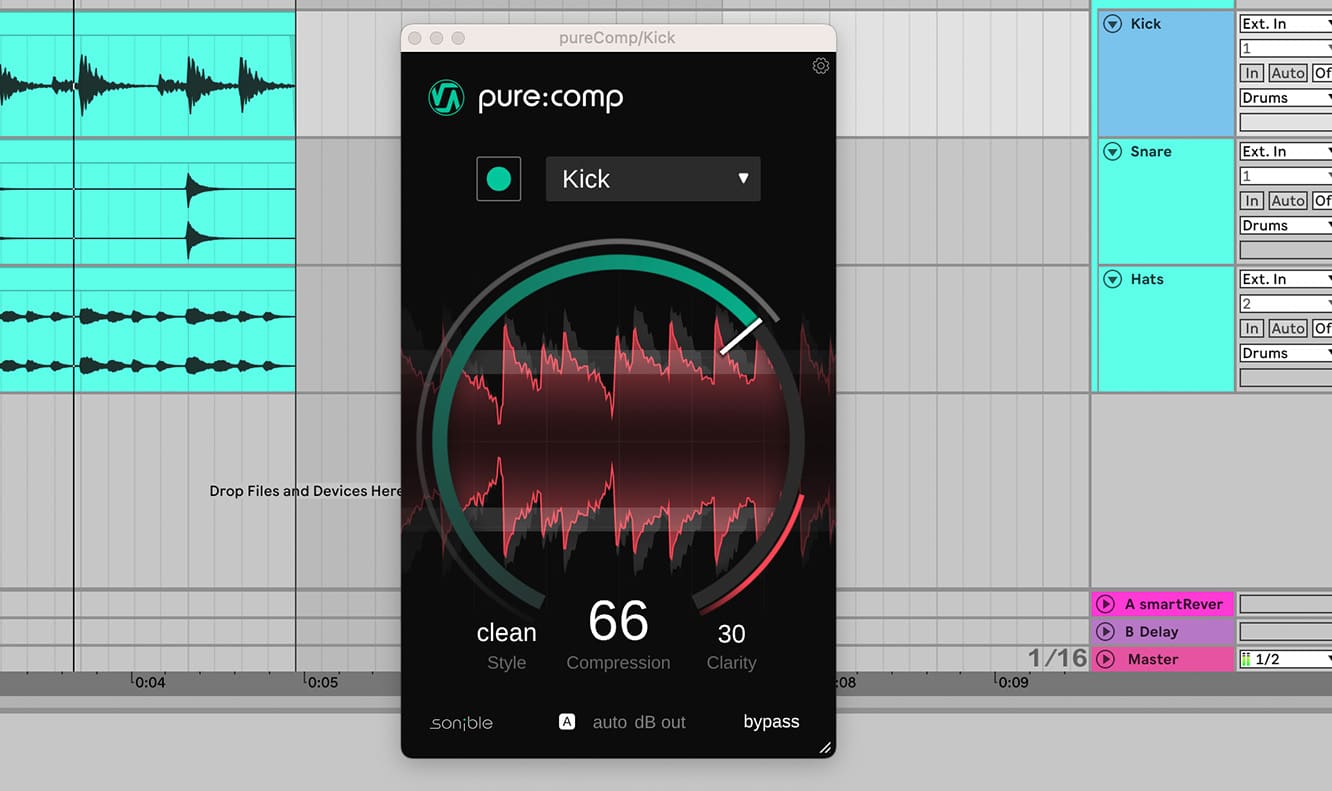 pure:comp will listen to and analyze the kick channel and apply optimum, transparent compression.
pure:comp will listen to and analyze the kick channel and apply optimum, transparent compression.
We will repeat this process with the other two drum channels, selecting the appropriate profile for each.
Here’s how the drums sound now with compression applied to each individual channel.
Notice how the kick is more controlled and the beat is more balanced overall.
Now we will apply some compression to the whole group. With pure:comp loaded on the group channel we’ll select the Drums program and press record.
Here’s how the beat sounds with group compression.
It’s subtle but the beat now feels more alive. The compressor reacting the entire beat creates interesting volume movement which sounds very natural.
Finally we’ll compare that group compression to buss compression. We’ll deactivate the instance of pure:comp on the group and create a return track with pure:comp loaded. Because we are working with a return channel we can really push the amount of compression. Here’s how it sounds.
Because we are working with a return channel we can really push the amount of compression. Here’s how it sounds.
With this method we have retained the dynamics of the uncompressed group, but we have gained the power which comes from compression.